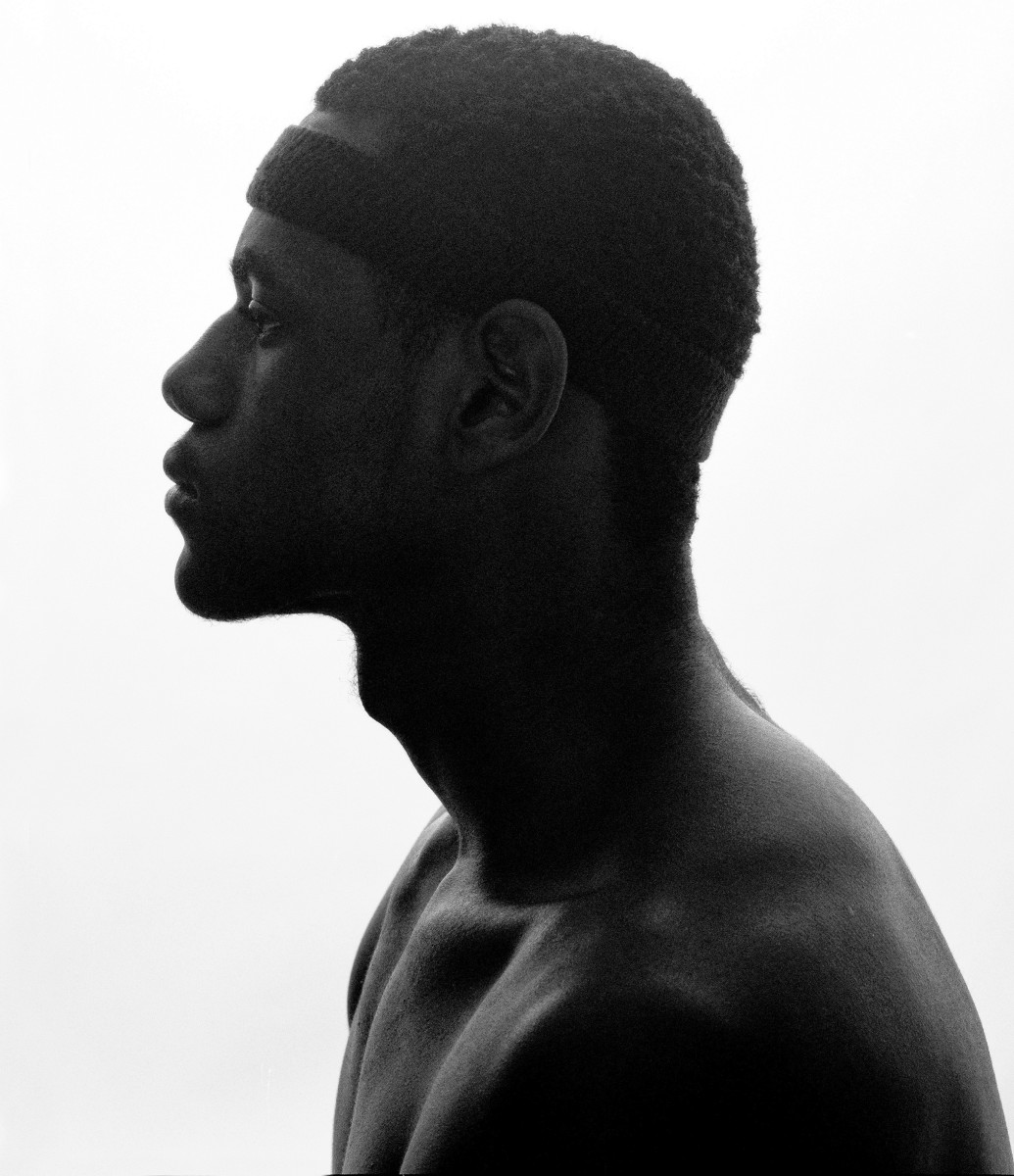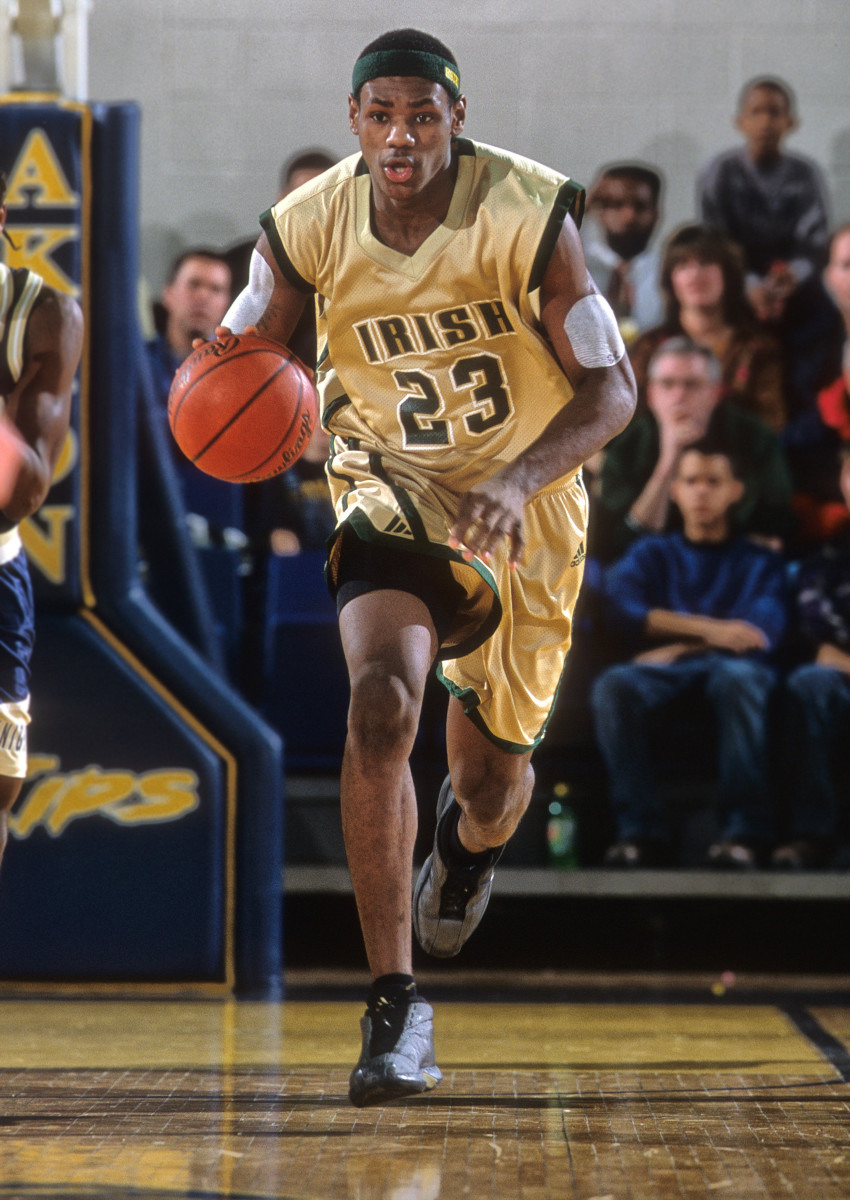A Famous LeBron James Cover Made Dreams Come True

Full Frame is Sports Illustrated’s exclusive newsletter for subscribers. Coming to your inbox weekly, it highlights the stories and personalities behind some of SI’s photography.
To get the best of SI in your inbox every weekday, sign up here. To see even more from SI's photographers, follow @sifullframe on Instagram and visit SI.com/photos. If you missed last week’s edition on shooting hockey, you can find it here.

When he was younger, Michael J. Le Brecht II’s dreams centered on imagery. As a huge sports fan getting into photography as a child, Le Brecht imagined having a picture he took land on the cover of Sports Illustrated.
“I always wanted to be a Sports Illustrated photographer,” he says. “My high school photography teacher wrote in the yearbook: ‘When you become famous and shoot for Sports Illustrated, give me a call.’ ”
He hustled to make it happen, beginning as a photo assistant in 1997. He would help lead photographers cover games and other events, sometimes making images that landed in the pages of the magazine but without his name attached to them.
As he learned, Le Brecht says his preference became to shoot portraits. They allow him to be more creative while also having a sense of control over what he’s shooting.

In the early 2000s, the ABCD basketball camp hosted the top boys high-school talent in the country in Teaneck, N.J. Still assisting photographer Manny Millan, Le Brecht would prep strobe lights and get everything set for Millan’s arrival for the bigger games late in the week.
Without SI having an established presence early in the camp, Le Brecht decided to shoot portraits of the campers as they came in.
“It wasn’t like it is today,” he says. “It was pretty open. First, one kid comes down and gets a picture. Then you start getting other kids interested. … I’m hanging up Polaroids creating interest in the corner.”
The real interest, though, was on the court, where a player from Akron, Ohio, was also working to make his own dreams a reality.
One day, a woman came up to Le Brecht, telling him that she had to get her son over for a portrait. It was Gloria James, talking about her son LeBron.

After shooting the portraits and helping Millan that week, Le Brecht brought his film back to the SI office to be processed. By that point, James had outplayed his competition and was looking like the top player in the nation, despite being a rising junior.
Le Brecht recalls an SI editor stopping by while he was previewing his work on a lightbox and asked to take a look. She complimented the shots, but Le Brecht says he didn’t think much of it.
Six months later, the editor asked Le Brecht to go to Akron and shoot James.
“LeBron was so focused with this tight group,” he says. “It was just him, Randy [Mims] and Maverick [Carter] at the time. I remember talking to Maverick. He had concerns. I was going to be on a plane with LeBron and the team. We were going to fly out to California and I was going to be in the hotel, in the limo. I was part of it early on. I was still an outsider because I never crossed the line. It has to be a natural thing. And LeBron was really focused and he still is.”

Soon afterward, Le Brecht was off to Salt Lake City for the 2002 Winter Olympics. Still assisting, he was carrying equipment for photographer David E. Klutho as they went from event to event.
“Klutho comes down one morning with a print,” Le Brecht says. “He was like, You got the cover, man. We are at the Olympics and I’m assisting you, but I got the cover. It was just surreal. It’s crazy. It was just something else.”
That cover became one of SI’s most iconic over the past couple of decades, plastered with the now famous tagline: “The Chosen One.” James actually got a tattoo on his back that reads “Chosen 1” after that issue came out on Feb. 18, 2002.
Over the years, Le Brecht says that he and James acknowledge each other “casually” and he’s shot portraits of James throughout his historic NBA career, which is about to enter its 19th season.
“I just knew as he continued to live up and beyond that title, ‘The Chosen One,’ it was evident that, damn, my first cover was going to be my most famous cover. I got almost 40 covers after that, including The Rock, for crying out loud. I’m always going to be remembered for the LeBron James ‘Chosen One’ cover.”
Le Brecht, who was 25 years old at the time, says that having that cover gave him instant credibility. He even remembers editors apologizing to him when they asked him to take on an assignment that wasn’t going to be a cover story.
His response: “Damn, they all pay the same. It’s fine!
“I stayed loyal to Sports Illustrated and the name because it means something to me,” he adds. “It was a childhood dream and I was able to fulfill that.”

We all have dreams, universal feelings of potential manifested in real-world outcomes. It just so happened that Le Brecht’s dreams crossed paths with James’s in a way that defined their next 20 years.
In the story accompanying Le Brecht’s photos, writer Grant Wahl observed that James had “an ersatz SI cover featuring his photograph” in his apartment.
After that issue came out, James didn’t need a fake one anymore. That dream had become reality.
